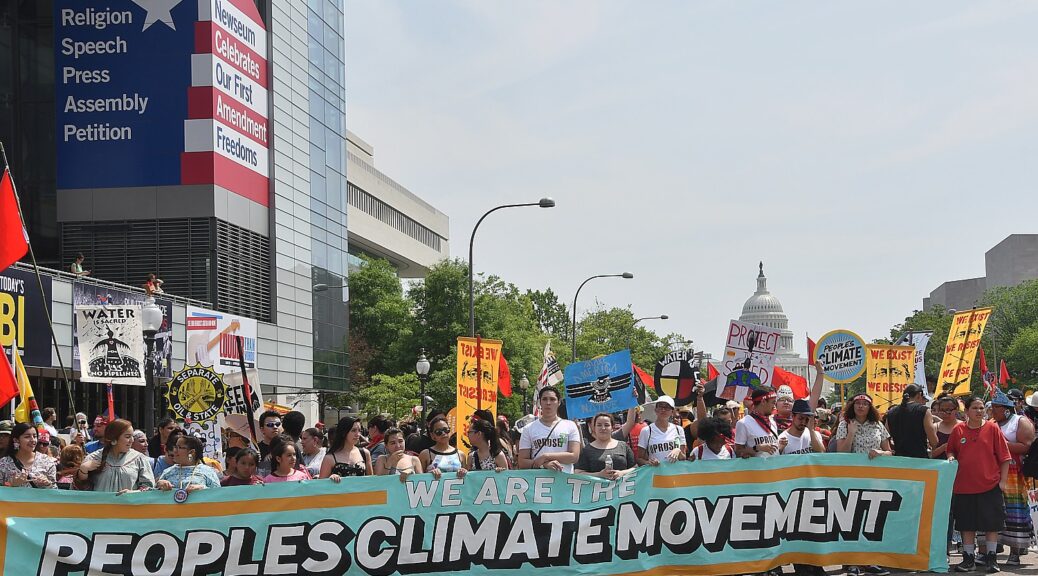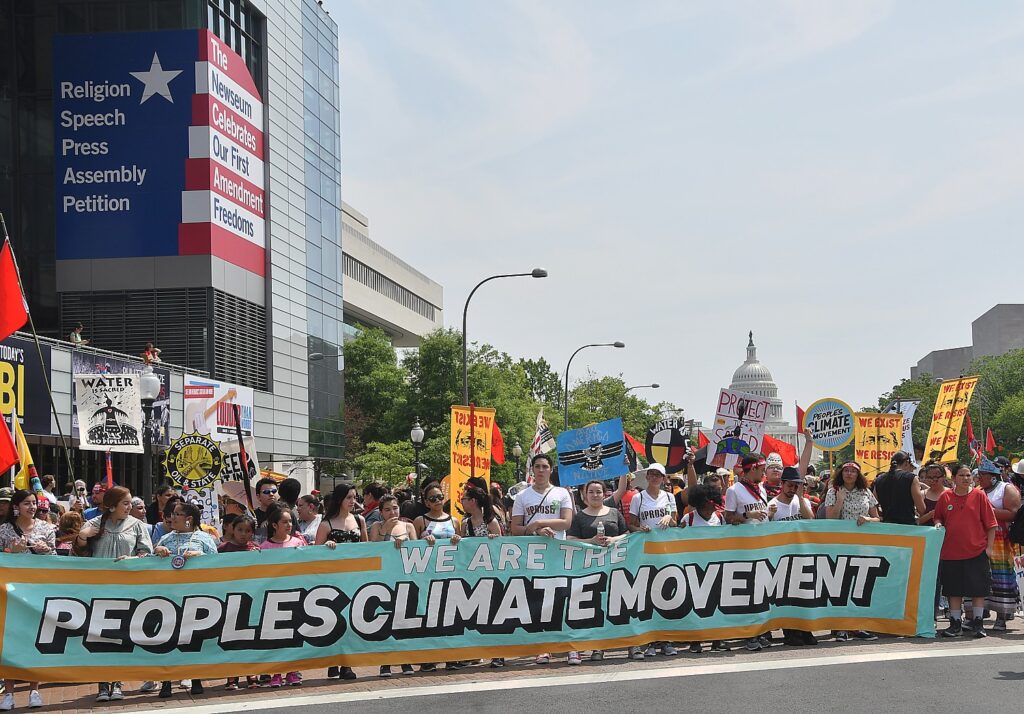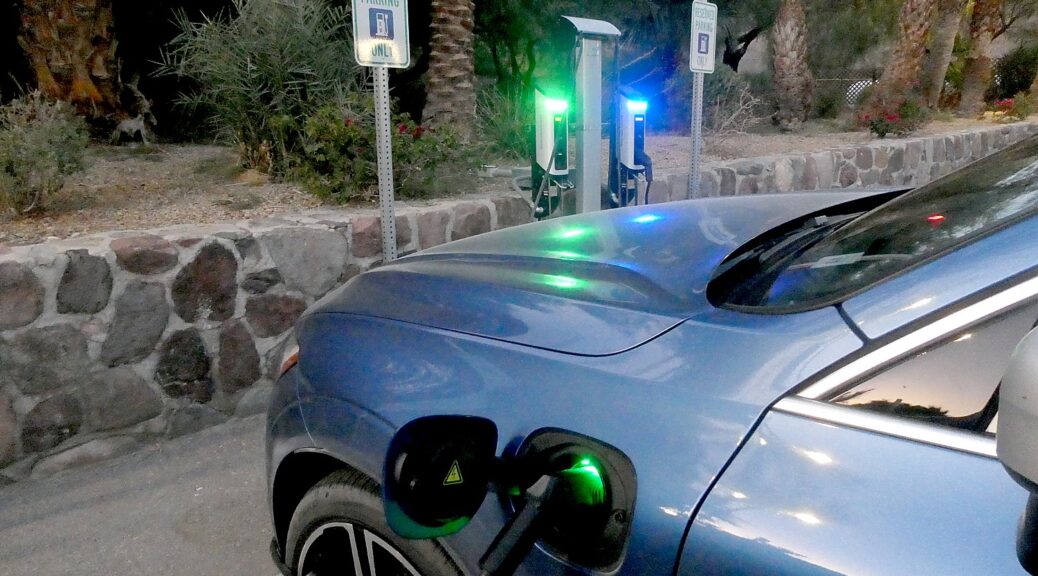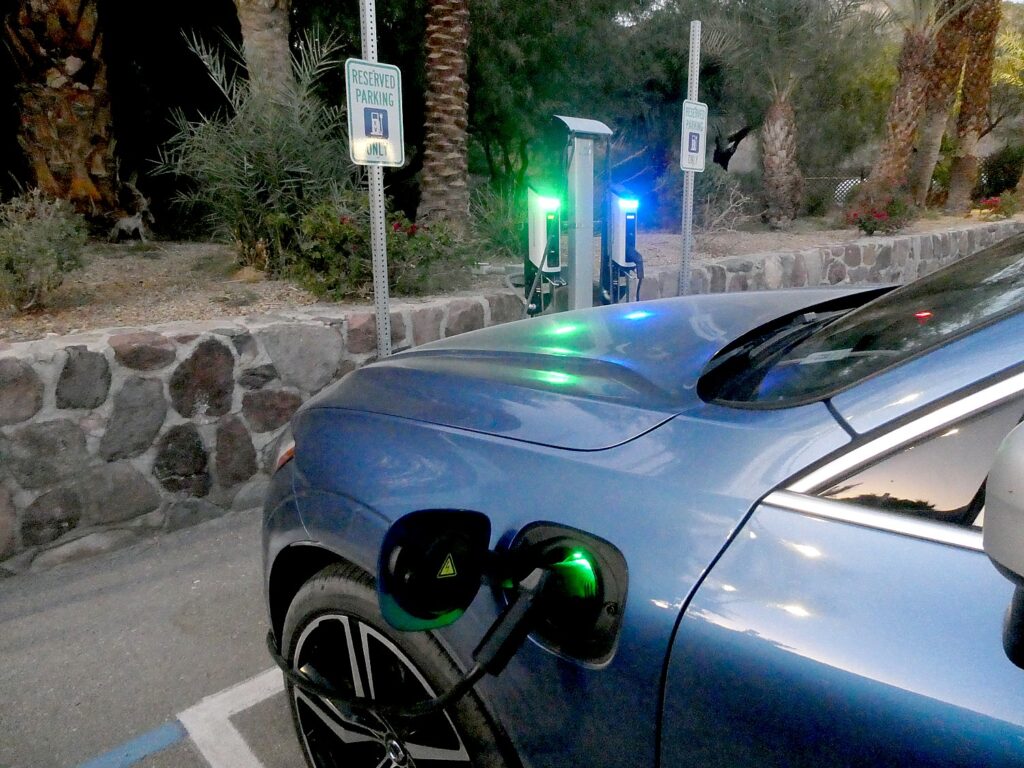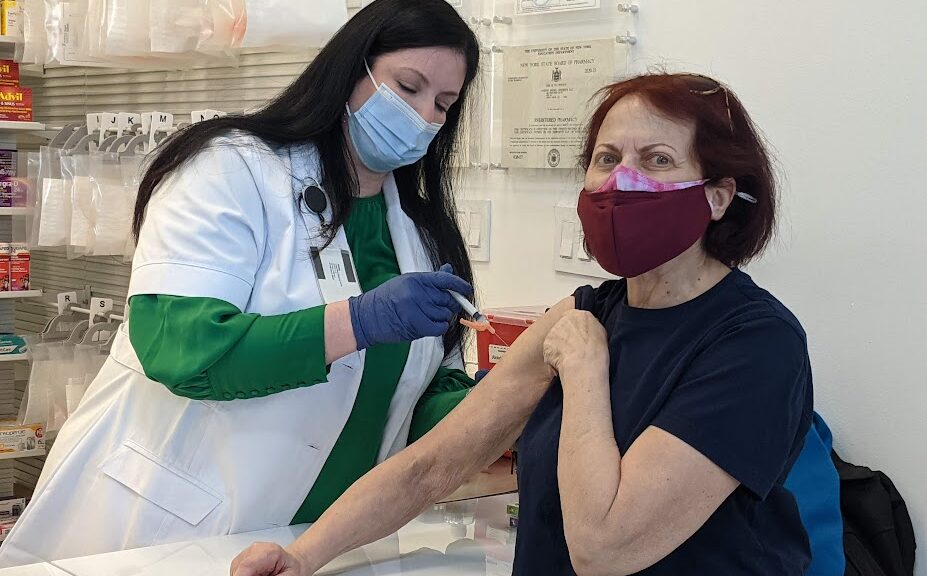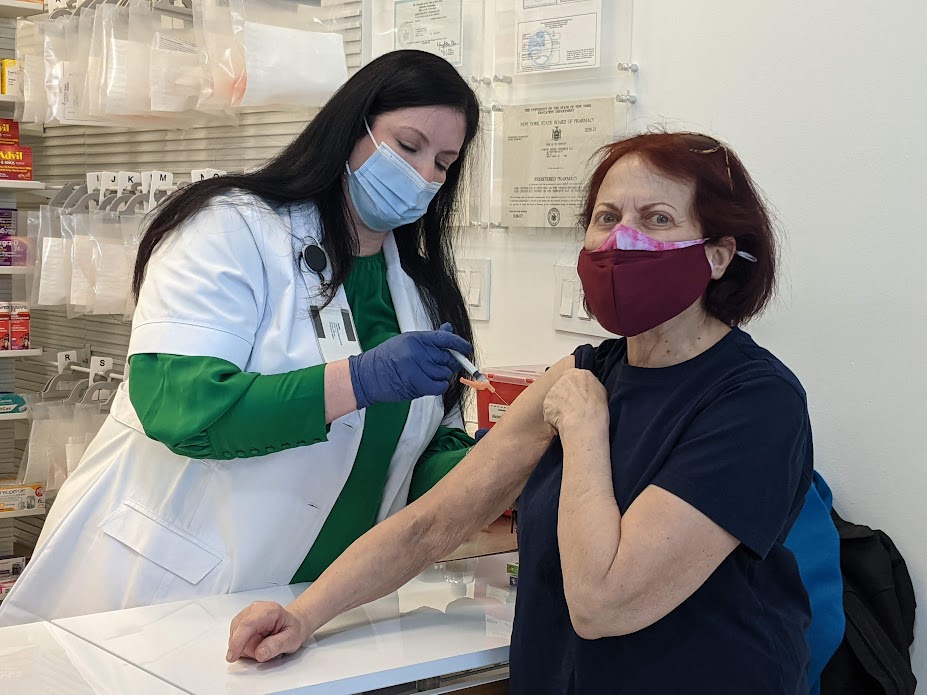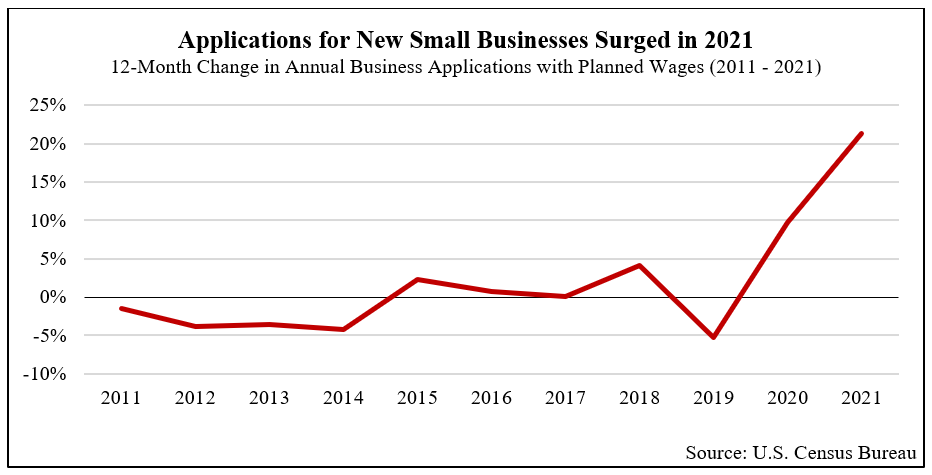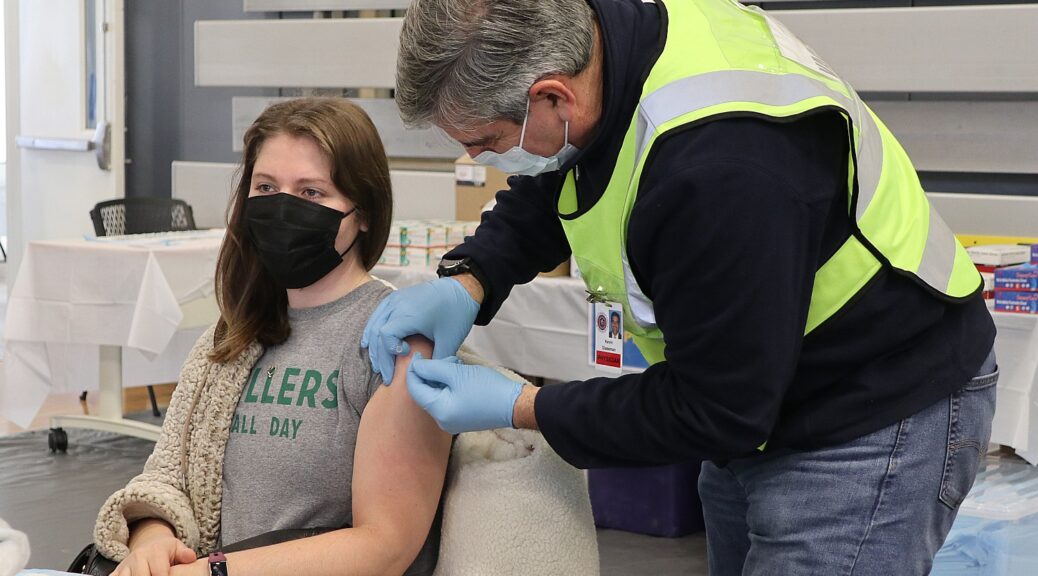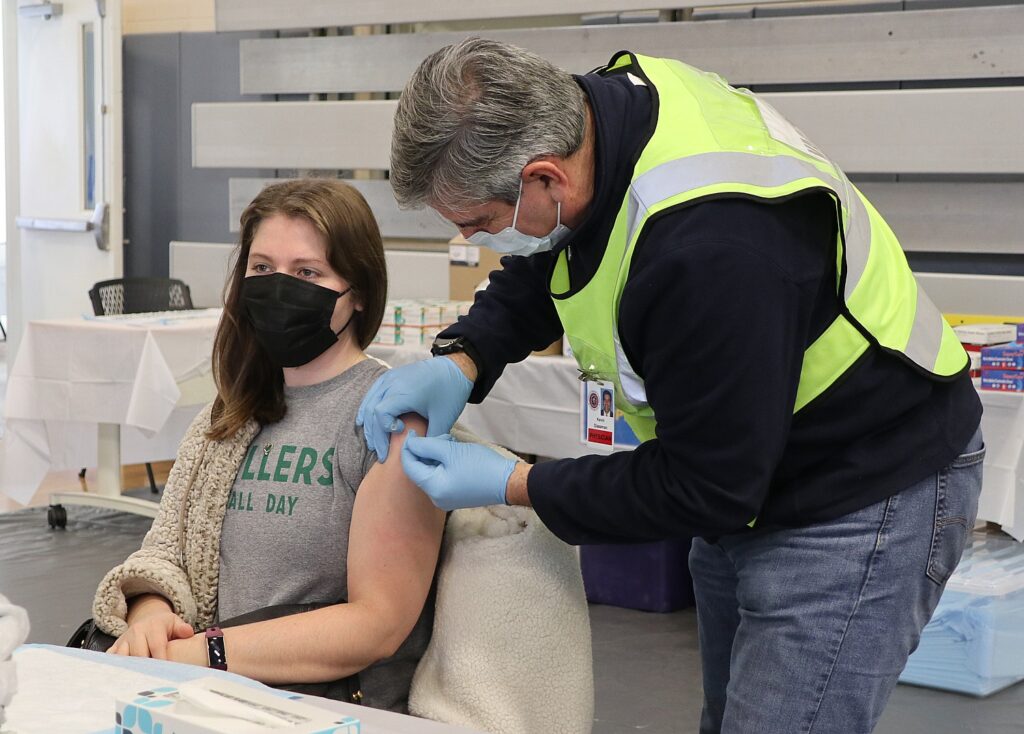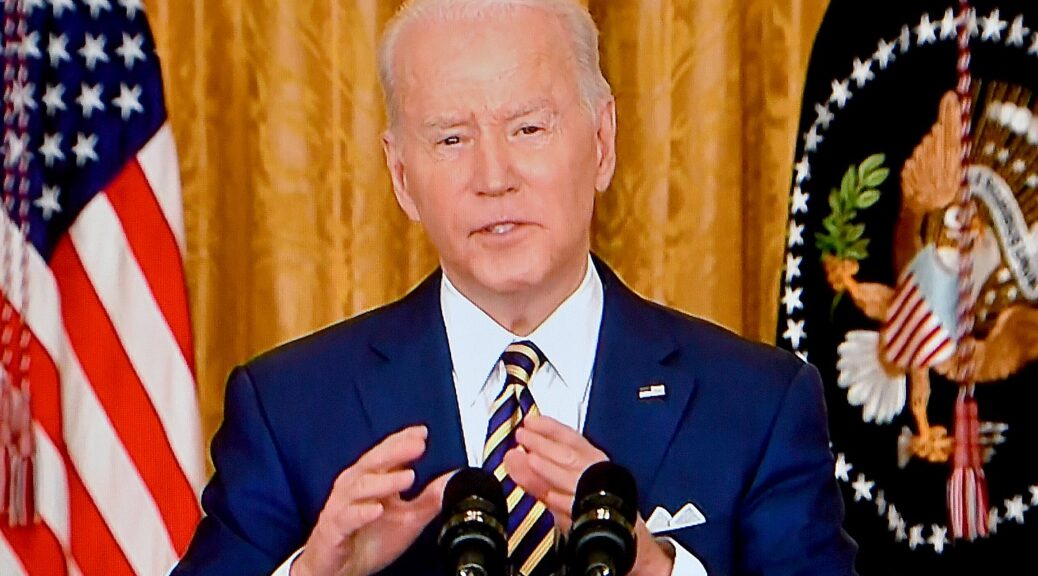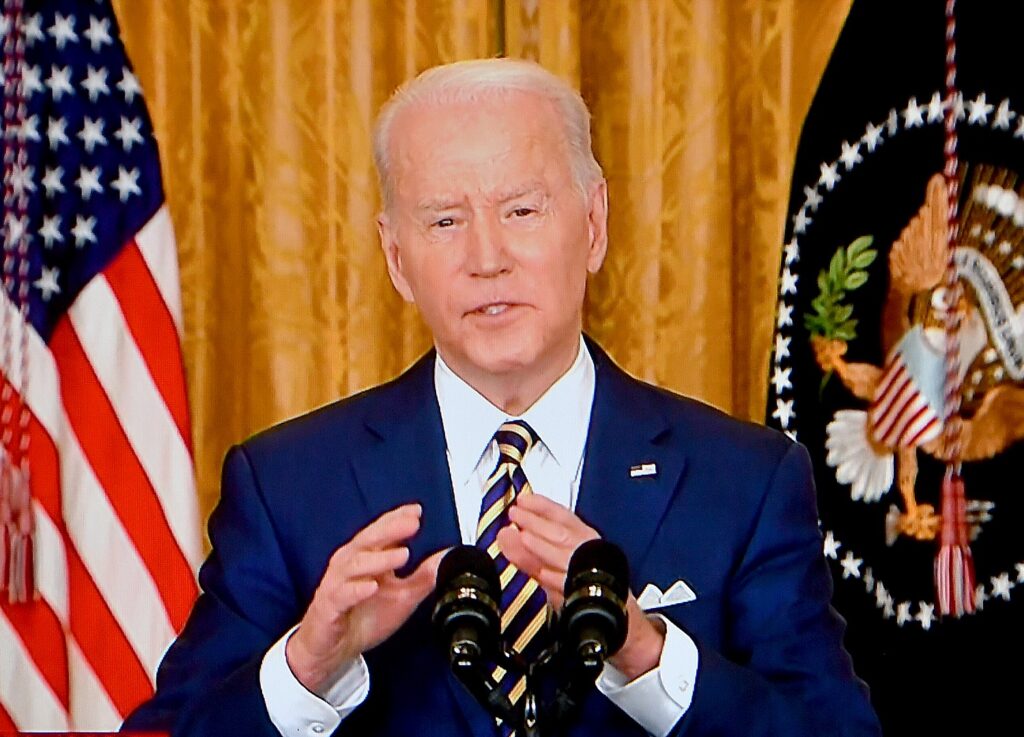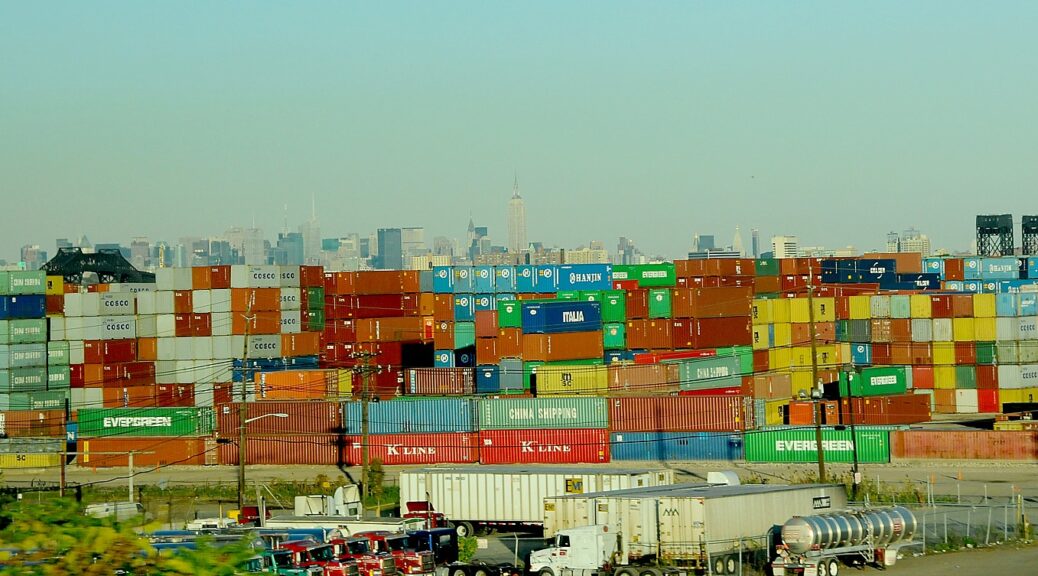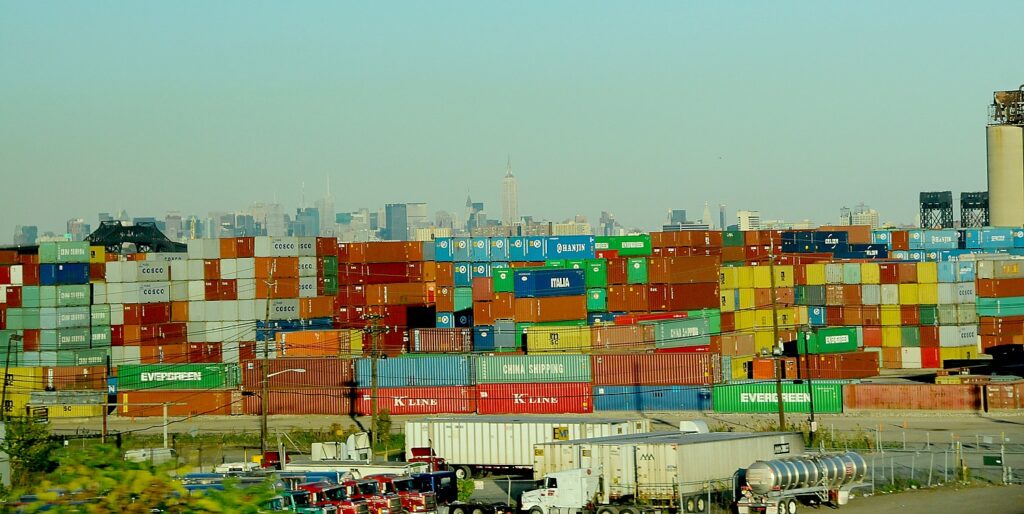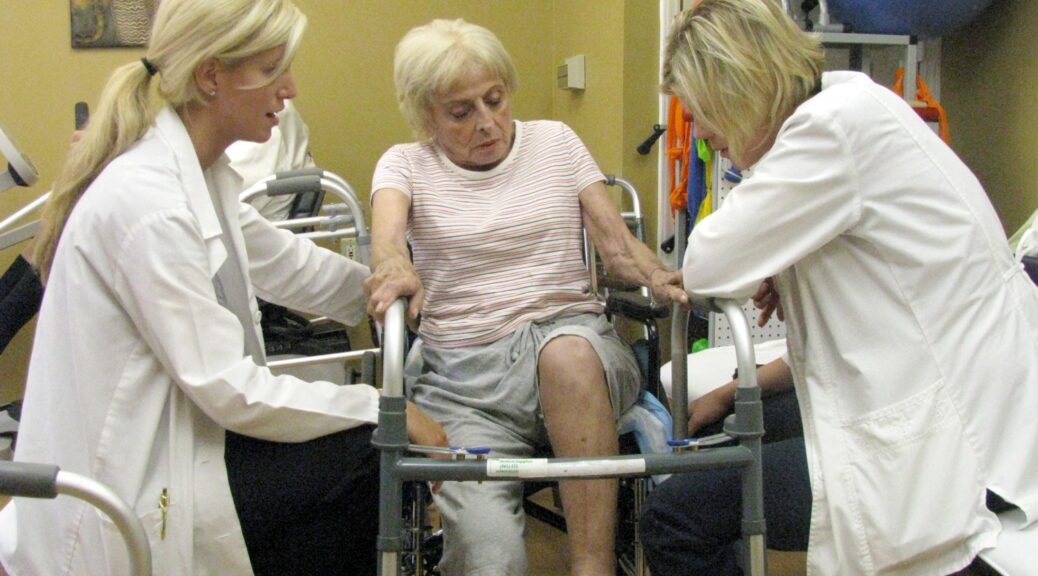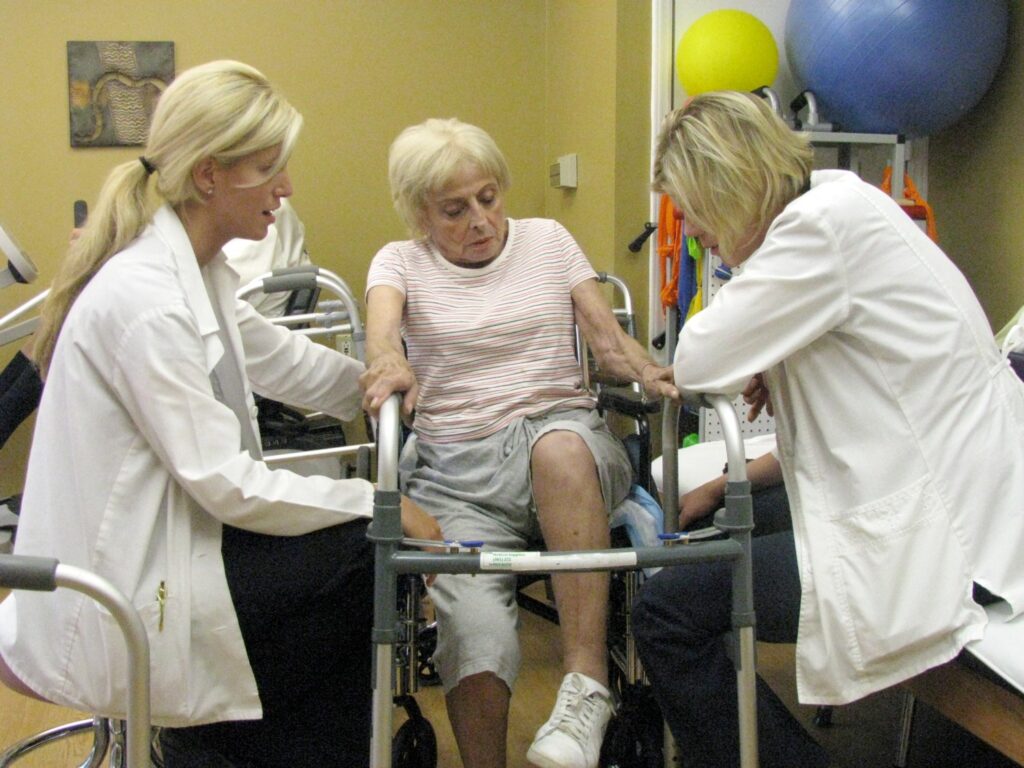Inflation Reduction Act final rules build on Administration actions to develop a skilled, well-paid workforce to build the clean energy economy and combat the climate crisis. The Biden Administration has created mechanisms and collaborations to connect those who want to work in the clean energy industry with jobs. This fact sheet was provided by the White House:
Since day one, President Biden has committed to building a clean energy economy that creates good-paying and union jobs for American workers. Spurred by President Biden’s Investing in America agenda, which includes the most significant investment in climate and clean energy in history, America has unleashed a clean energy manufacturing and deployment boom that has attracted hundreds of billions of dollars in private sector investment and created more than 270,000 new good-paying and union clean energy jobs. These investments are flowing to the places President Biden promised not to leave behind, including the historic energy communities that have powered this nation for generations and economically distressed communities, providing jobs and economic opportunity, particularly for workers without a college degree.
The Inflation Reduction Act delivered on President Biden’s commitment to be the most pro-worker, pro-union president in history, attaching strong labor protections and incentives to climate and clean energy tax credits for the first time ever. Outside analysis projects that the Inflation Reduction Act could create 1.5 million additional jobs over the next decade, and these provisions will ensure that those jobs building wind farms, installing solar panels, and constructing hydrogen and carbon capture facilities will be good-paying and support proven pathways into the clean energy industry that will allow workers to earn while they learn.
Today, the Department of the Treasury and the Internal Revenue Service announced final rules implementing the prevailing wage and registered apprenticeship increased credit provisions of the Inflation Reduction Act.
Clean energy projects that meet the requirements of these final rules will receive a fivefold increase for clean energy tax credits for deployment of wind, solar, nuclear, hydrogen, and other clean energy technologies, as well as for projects receiving allocations under the Section 48C Advanced Energy Projects credit., providing a significant incentive for project developers to pay prevailing wages to workers for construction, alteration, and repair of clean energy projects and to hire registered apprentices to earn while they learn by working on those projects.
Secretary of the Treasury Janet Yellen and Acting Secretary of Labor Julie Su also published a blog highlighting the use of Project Labor Agreements as a best practice for large construction projects and a tool to help project developers comply with the prevailing wage and apprenticeship requirements. Project Labor Agreements, or pre-hire collective bargaining agreements that set the terms and conditions for employment on a construction project, help workers and developers alike by providing strong worker and wage protections while ensuring a reliable supply of skilled workers to help deliver projects on time and on budget.
The final rules provide certainty for clean energy developers and workers to realize the benefits of President Biden’s historic investments in the clean energy economy. To protect workers and ensure compliance with these requirements, the IRS also released a Fact Sheet that can be posted at job sites and used to educate workers about the prevailing wage and registered apprenticeship standards for clean energy projects, including information on how to use IRS Form 3949-A to report suspected violations of tax law. The IRS and Department of Labor (DOL) also announced that they are working on an MOU, to be signed by the end of the year, that will harness DOL’s extensive prevailing wage and registered apprenticeship expertise, to facilitate joint education and public outreach, develop training content for IRS examiners, and formalize a process for DOL to share with IRS, any credible tips or information about potential noncompliance with the prevailing wage and registered apprenticeship requirements.
Today’s announcement builds on efforts across the Administration to create strong pathways into good-paying and union jobs in clean energy and build a high-quality, diverse pipeline of workers prepared to build the clean energy economy of the future:
- The Department of Labor launched an interactive map to highlight for workers, unions, and the public more than 1,000 planned clean energy projects nationwide, including the estimated number of workers at each project who stand to benefit if taxpayers satisfy the prevailing wage and apprenticeship requirements.
- The Biden-Harris Administration launched a series of Investing in America Workforce Hubs, partnerships with state and local officials, employers, unions, community colleges, high schools, and other stakeholders in regions with significant investments through President Biden’s Investing in America agenda, to connect Americans to good-paying jobs in industries of the future, including Hubs focused on clean energy.
- First Lady Jill Biden announced the first set of five Hubs in May 2023, fueling significant progress in building and scaling new job training opportunities, while President Biden announced four more hubs in April to build on the success of the first set.
- The Augusta, Georgia Workforce Hub announced partnerships between employers, unions, nonprofits, philanthropy, school districts, and colleges to build workforce and skills development efforts to meet the needs of the energy, battery and battery materials, and nuclear sectors.
- The Pittsburgh Workforce Hub announced hundreds of new job opportunities and training pathways—including registered apprenticeships—in clean energy, as well as in cyber occupations that support clean energy and other critical sectors.
- Building on historic investments in electric vehicle and battery manufacturing, President Biden launched the Michigan Electric Vehicle Workforce Hub, building on significant efforts underway, to ensure that the transition to electric vehicle supports the union workers and communities that have driven the auto industry for generations.
- Vice President Kamala Harris visited Detroit in May to announce a suite of actions to support small- and mid-sized auto manufacturers and auto workers to lead the electric vehicle future.
- Vice President Kamala Harris visited Detroit in May to announce a suite of actions to support small- and mid-sized auto manufacturers and auto workers to lead the electric vehicle future.
- In the Columbus Workforce Hub, Columbus State Community College is working with partners across the state to quadruple the number of students trained for engineering technology jobs. In addition, partners are preparing at least 10,000 skilled construction trades workers, including for clean energy jobs in the area.
- The Department of Energy launched the Community Workforce Readiness Accelerator for Major Projects (RAMP) initiative, a pilot initiative that places selected fellows from across the nation in target geographies in order to convene and catalyze effective, inclusive workforce strategies to prepare and connect local workers to good jobs on large clean energy infrastructure and supply chain projects funded the Investing in America agenda.
- The Department of Energy continues to incentivize grant and loan recipients across a wide array of Investing In America programs to commit to the use of registered apprenticeships, pre-apprenticeships, project labor agreements, collective bargaining agreements, community benefits agreements, and other established tools to ensure that workers have accessible on-ramps to good-paying and union jobs in the growing clean energy economy.
- The Department of Energy, in coordination with the Department of Labor and the AFL-CIO, launched the Battery Workforce Initiative, a national workforce development strategy for lithium-battery manufacturing with $5 million to support pilot training programs. Recently, the Battery Workforce Initiative announced National Guideline Standards for registered apprenticeships for battery machine operators, created in partnership with battery manufacturers, community colleges, and unions, which lay out rigorous training requirements to support the skilled battery workforce.
- Last week, the National Oceanic and Atmospheric Administration announced that it would invest $60 million from President Biden’s Inflation Reduction Act to advance climate-ready workforce projects in coastal and Great Lakes states, Tribes, and territories. The Climate-Ready Workforce Initiative will fund skills training in emergency preparedness and response, floodproofing, structural elevation, water and wastewater treatment, geographic information systems, and other critical climate-ready jobs. Every awarded project supports a community identified as disadvantaged by the Climate and Economic Justice Screening Tool.
- The Department of Labor announced the award of nearly $94 million in grants to support 34 public-private partnerships to provide worker-centered sector strategy training programs in 25 states and the District of Columbia to meet workforce needs created by the Biden-Harris administration’s “Investing in America” agenda. The training will support jobs in sectors including clean energy. This investment will build career pathways in manufacturing Electric Vehicles (EVs), EV batteries, and EV charging infrastructure in places like Georgia, Indiana, Ohio, Pennsylvania, and Texas. The Department of Labor also announced the availability of approximately $35 million in funding through the second round of Building Pathways to Infrastructure Jobs grants to be awarded.
- The Department of Energy announced up to $24 million in high-quality training for union apprentices, incumbent workers, and students for in-demand jobs in advanced manufacturing and clean energy through the Industrial Assessment Centers (IAC) Program. The announcement is part of the IAC Program’s unprecedented expansion to include Registered Apprenticeship, union-led training, and community and technical college programs through President Biden’s Investing in America agenda. It follows DOE’s $40 million investment, announced in November, to support 17 new IACs as well as the inaugural cohort of 10 Building Training and Assessment Centers.
- The Biden-Harris Administration launched the Advanced Manufacturing Sprint, an intensive drive to build a diverse, skilled pipeline of workers for needed to fill the good advanced manufacturing jobs created by President Biden’s Investing in America Agenda, including in clean energy, biotechnology, semiconductors, and more. As part of the Sprint, the Department of Labor announced that more than 4,700 apprentices have been hired and more than 150 new programs and occupations created or under development during the course of its Advanced Manufacturing Registered Apprenticeship Accelerator Series—including in the clean energy, semiconductor, aerospace, automotive, and biotechnology sectors.
- The Department of Labor launched a $20 million cooperative agreement with TradesFutures, the nonprofit organization of partner of North America’s Building Trades Unions) and the National Urban League, to enroll more than 13,000 participants in apprenticeship readiness programs, giving them hands-on learning experience and skills development, and place at least 7,000 participants into Registered Apprenticeships in the construction industry. The launch followed the Department of Labor’s announcement of nearly $200 million in grants to expand registered apprenticeships, including for clean energy jobs.
- The Biden-Harris Administration launched the Infrastructure Talent Pipeline Challenge, nationwide call to action that brought together more than 350 employers, unions, education and training providers, states, local governments, Tribes, territories, philanthropic organizations, and other stakeholders to make tangible commitments that support equitable workforce development in critical sectors, including electrification.
- As part of the Talent Pipeline Challenge, the International Brotherhood of Electrical Workers trained more than 20,000 members through the Electric Vehicle Infrastructure Training Program to meet the training requirements for the Department of Transportation National Electric Vehicle Infrastructure Program to install fast EV chargers on national corridors and in communities.
- As part of the Talent Pipeline Challenge, the International Brotherhood of Electrical Workers trained more than 20,000 members through the Electric Vehicle Infrastructure Training Program to meet the training requirements for the Department of Transportation National Electric Vehicle Infrastructure Program to install fast EV chargers on national corridors and in communities.
- The Department of Labor has invested more than $440 million to expand, diversify, and modernize registered apprenticeships, including in high demand clean energy occupations including electricians, water treatment specialists, wind turbine maintenance technicians and other occupations. DOL has also invested in a clean energy apprenticeship industry intermediary, Interstate Renewable Energy Coalition, to increase industry awareness, connect employers and labor organizations with workforce and education partners, and provide technical assistance to launch, scale, and diversify Registered Apprenticeship programs. These investments and resources expand the capacity of the Registered Apprenticeship system, supporting the education and training needs of more than 1 million apprentices across the country, including the clean energy sector.
- The Department of Energy is working with the National Renewable Energy Laboratory on a first of its kind national Energy Workforce Needs Assessment to project employment impacts from President Biden’s Investing in America agenda and related private investments by occupation and geography, analyze current education and training capacity, and identify the most acute workforce gaps and strategies to fill them.
The Department of Energy has convened a federal advisory committee called the 21st Century Energy Workforce Advisory Board to develop a strategy and recommendations on how DOE and other federal agencies should address the workforce needs, challenges, and opportunities of a rapidly changing energy system. The report is expected in early August.

